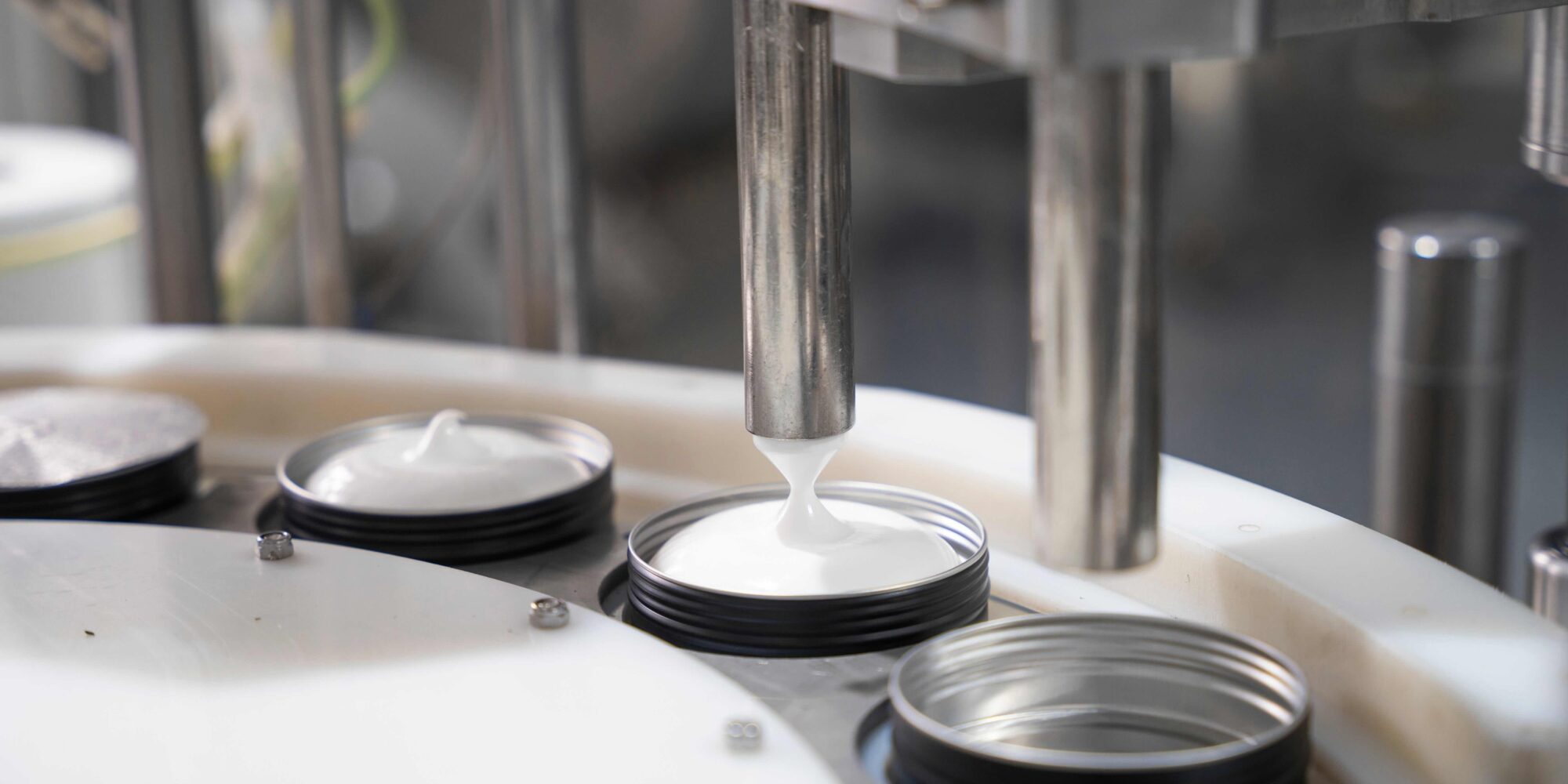
Beauty Manufacturers Adjust Contract Terms To Account For Tariff Volatility
Beauty manufacturers are adjusting contract terms to account for the volatility of and higher input costs associated with President Donald Trump’s tariff policies.
On April 2, the day he declared “Liberation Day,” Trump imposed 10% tariffs on practically every country in the world, with additional “reciprocal” tariffs on many, but a week later paused the reciprocal tariffs for 90 days. Simultaneously, Trump has repeatedly raised tariffs on imports from China, the single largest international destination for manufacturing of beauty products by American brands and source of packaging, and they’re at 145% on most goods, but climb to as much as 245%.
On Tuesday last week, Trump signaled he may reduce high tariffs on China, saying they could “come down substantially, but it won’t be zero.” As American companies wait for the possibility of lower tariffs, deliveries of Chinese goods to the U.S. have sunk. Data from mid-April cited by the Financial Times from container tracking service Vizion shows 20-foot shipping containers from China to the U.S. were down 45% from a year earlier.
Due to the tariff fluctuations, Melody Bockelman, who consults beauty brands on their manufacturing relationships, has noticed most beauty manufacturers reserving the right to change prices at any time. If uncertainty remains, she predicts there will be massive shortages on beauty shelves in four to six months, and shortages of makeup and feminine hygiene wipes could start soon.
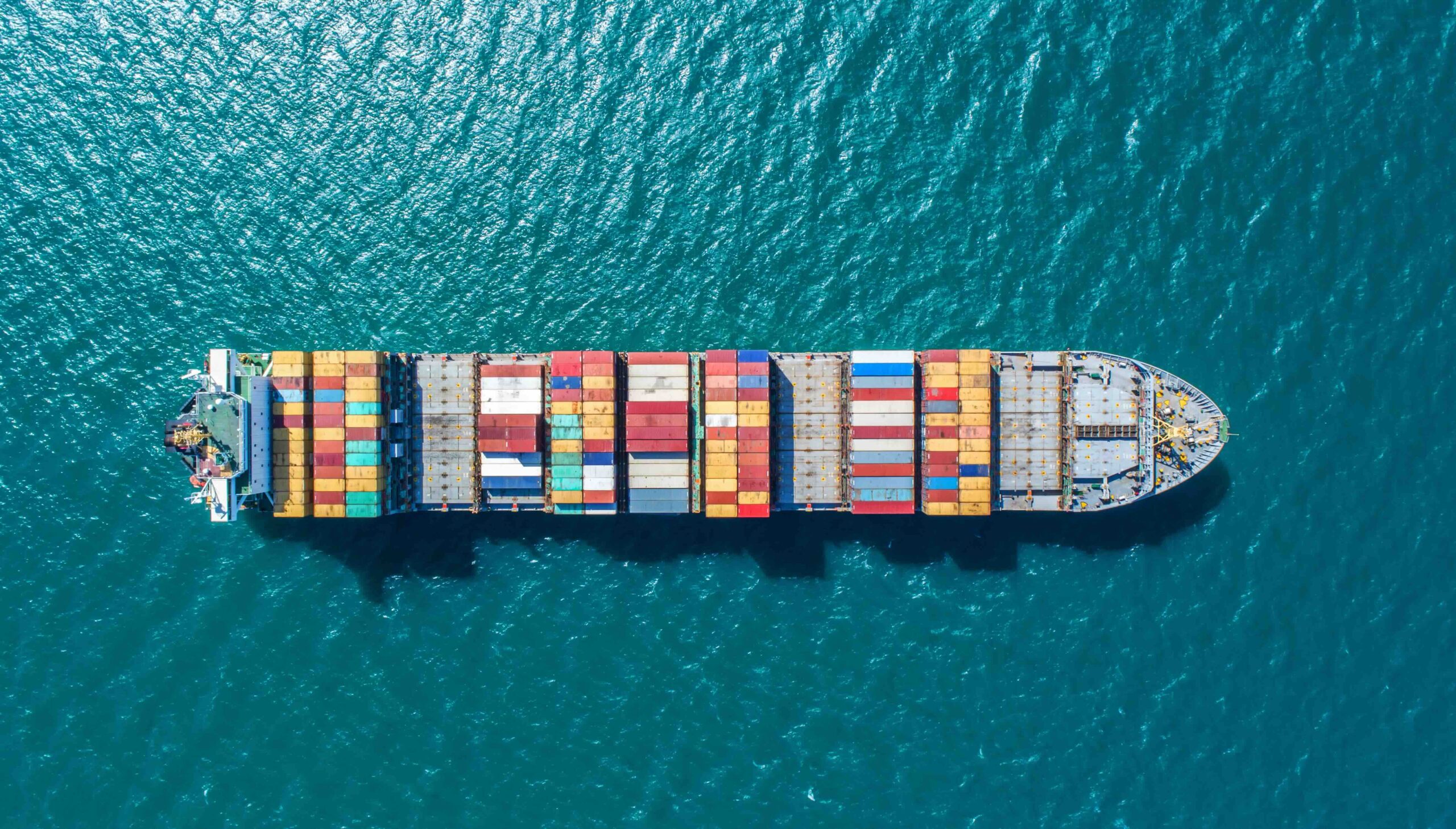
Bockelman says the erraticism of the tariffs is “absolutely causing havoc for all parties, raw material suppliers, packaging suppliers, manufacturers and brands. For brands using the majority U.S.A.-based manufacturers, the impact isn’t too big so far, but for brands and suppliers importing items, it’s causing panic. A lot of suppliers have items at the port until they can agree and align on the price increase.”
With contract terms adapting to tariff instability, Kailey Bradt, founder and CEO of Syndeo, a platform connecting beauty brands with behind-the-scenes innovators, says brands should “get lead time and pricing information on all raw materials and components and try to lock in pricing for a period of time. Order what you can ahead. This was given before the China tariffs went into effect, but continues on for long-lead raw materials, especially because those can come from almost anywhere geographically and [can be] items that don’t expire like packaging components.”
While concurring that trying to lock in prices is valuable for brands, David Gobeli, founder of custom skincare formulation house Lab Magenta, mentions that the durations for which brands can lock in prices are shortening. Rather than being able to lock in prices for six months or a year, he says, “It may be your initial order or first two orders within the first two months or first quarter. The margins are so slim across the industry that to absorb it and not be able to pass it on is impossible. It has to go to the end customer to make it work.”
“We need to prepare for a time when brands may close, pause, delay or otherwise change plans due to the abrupt market changes.”
Gobeli elaborates that beauty manufacturers are reacting to changes in their arrangements with ingredient distributors. Using a hypothetical coconut oil distributor, he details, the distributor may be telling a manufacturer that, instead of purchasing $20,000 worth of coconut oil on credit and paying within 30 days, that distributor is telling the manufacturer to purchase $50,000 worth and pay in 90 days.
Innacos Labs, a beauty contract manufacturing product custom and private-label goods, modified its contracts the week before last to clarify that tariffs assessed on items its clients ship to it will be passed along to the clients, and it has a right to reassess fees if packaging shipments are delayed or if clients leave completed goods with it for extended periods. It’s shrunk the window of validity for private-label purchase orders to 14 from 30 days, although Cox suggests that’s a moving target.
Innacos Labs has bumped up prices on private-label production 4% on average, but expects price could increase up to 20% as ingredient suppliers absorb cost hikes from the tariffs. For now, suppliers are continuing to deplete existing lower-tariffed resources.
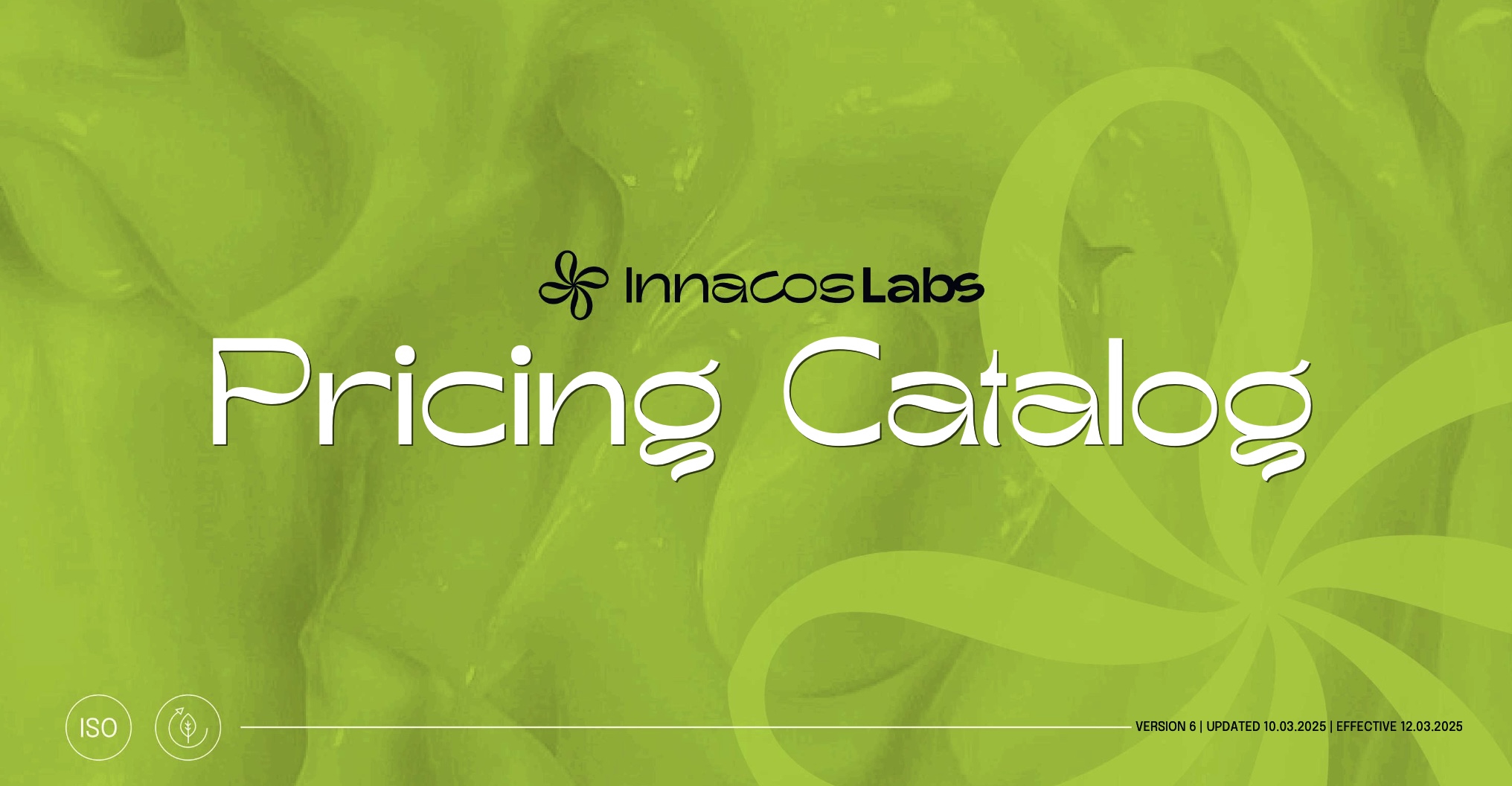
“The changes reflect the reality of the 2025 market and the fact that many brands are delaying their orders to time the entry of their packaging into the U.S. around the tariffs,” says Innacos Labs founder Megan Cox. “We need to prepare for a time when brands may close, pause, delay or otherwise change plans due to the abrupt market changes.”
For smaller brands confronting contract alterations, Cox counsels, “Negotiate what you can and try to explore options outside of China. I don’t think the China tariffs will continue much longer, especially at the rates they’re at, but, as we know all too well from the past five years of inflation, once prices go up, they never come down. Brands should think long and hard about what new pricing will look like and plan to implement it.”
Should tariff rates hold steady, Gobeli believes beauty manufacturers can return to longer term contracts. However, should unpredictability persist, he says, “I have suggested that contract manufacturers re-rate the order every single time no matter how often they re-rate it to make sure it’s aligning with margins, and they should make sure the client knows that is going to happen.”

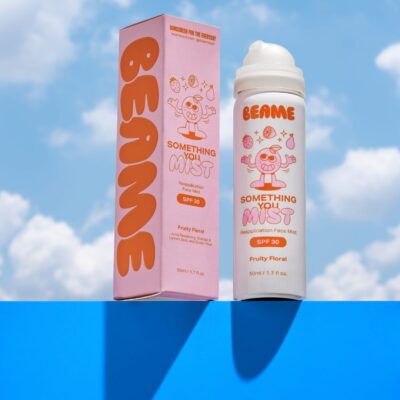
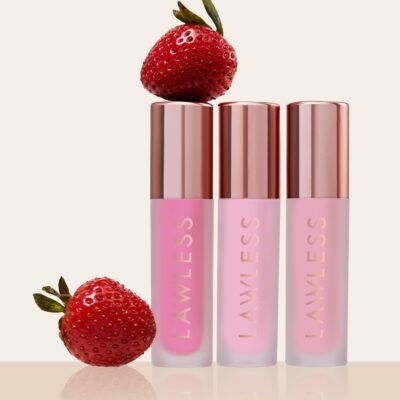
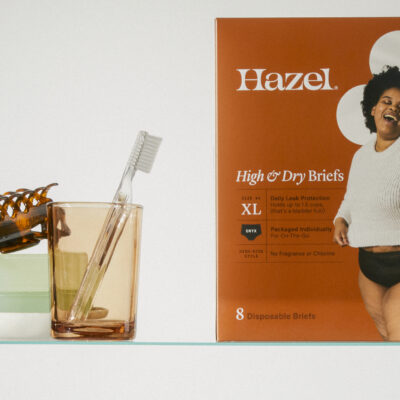
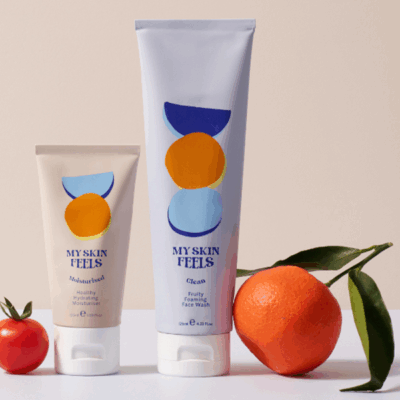
Leave a Reply
You must be logged in to post a comment.